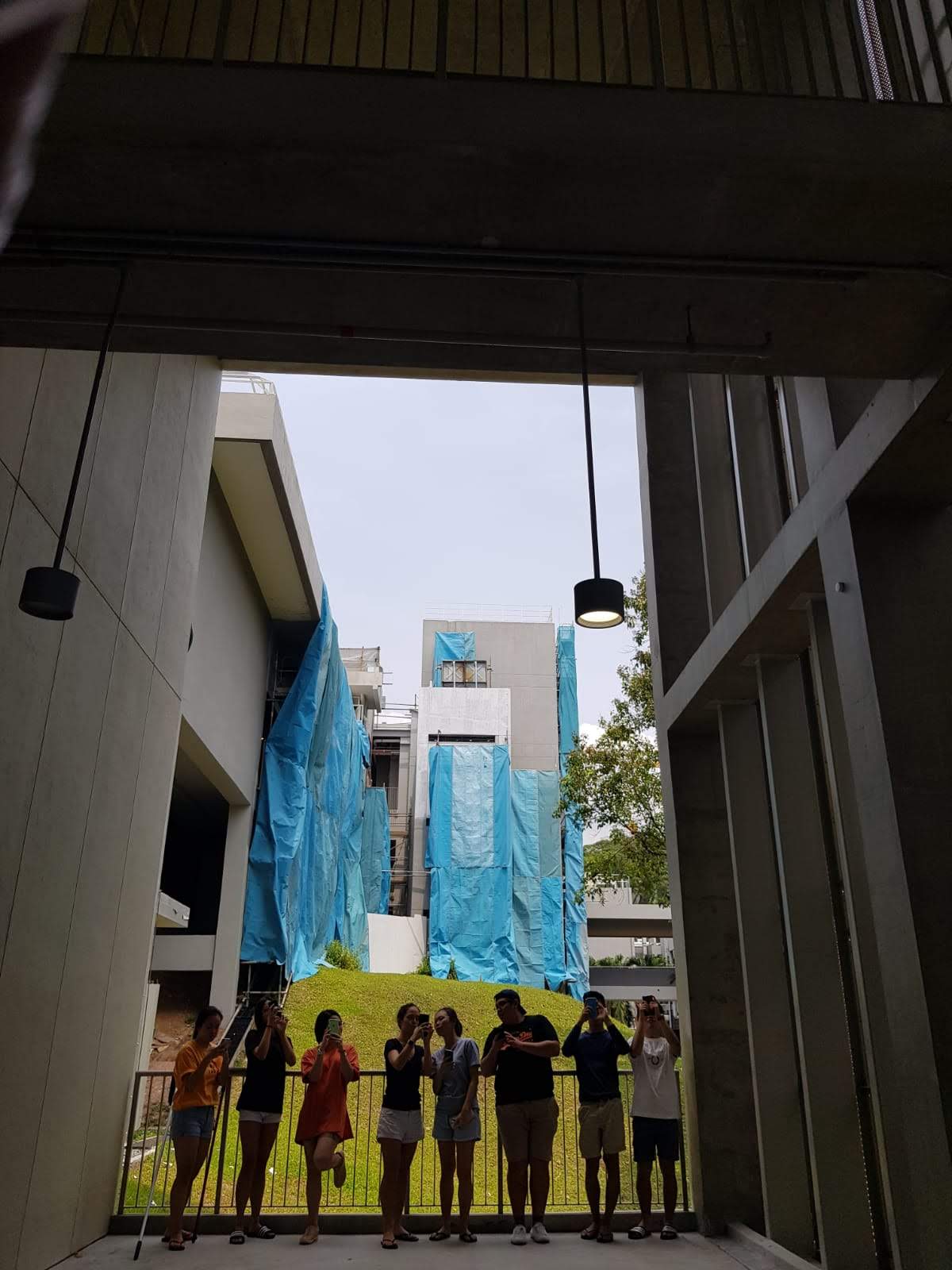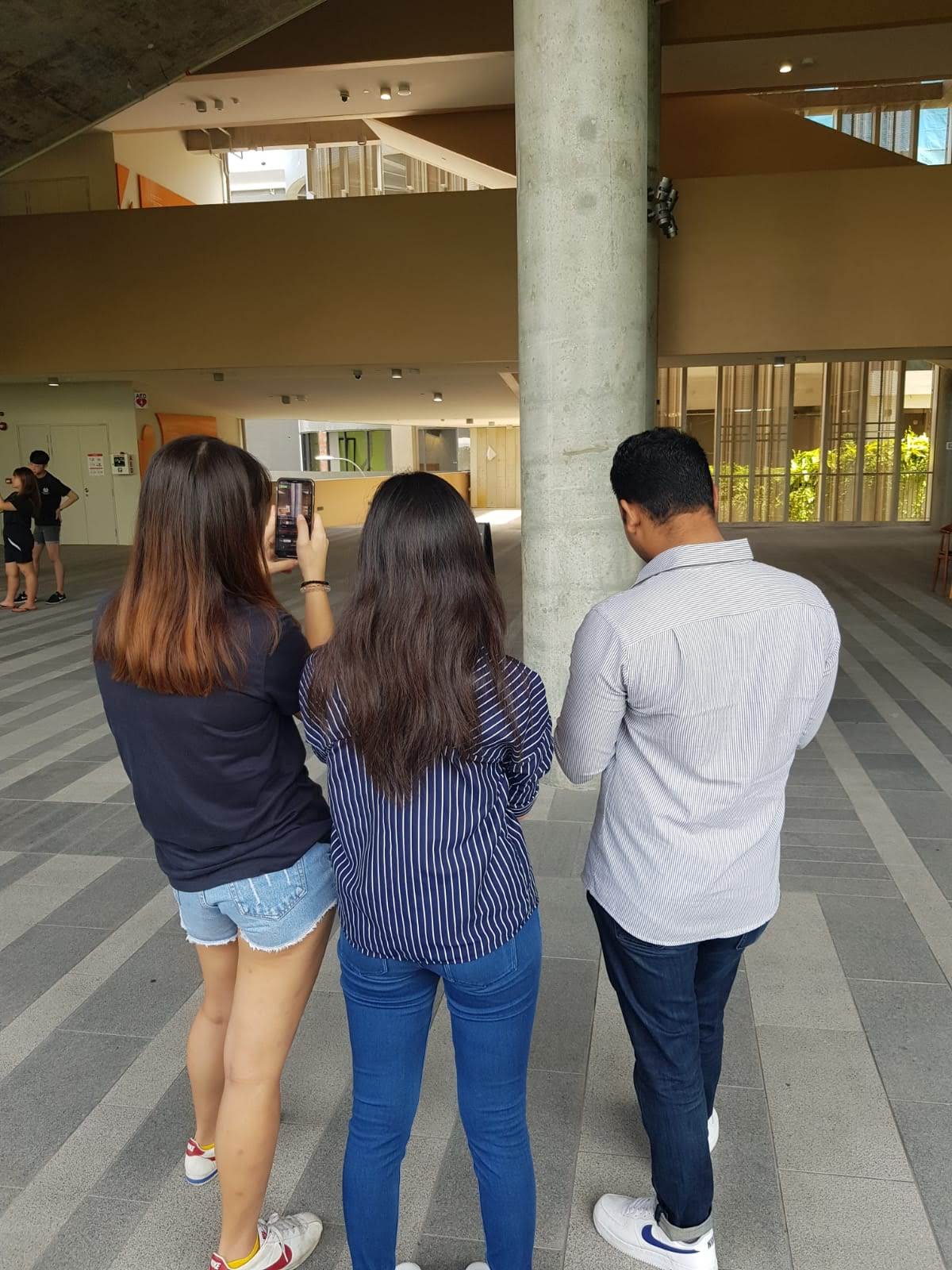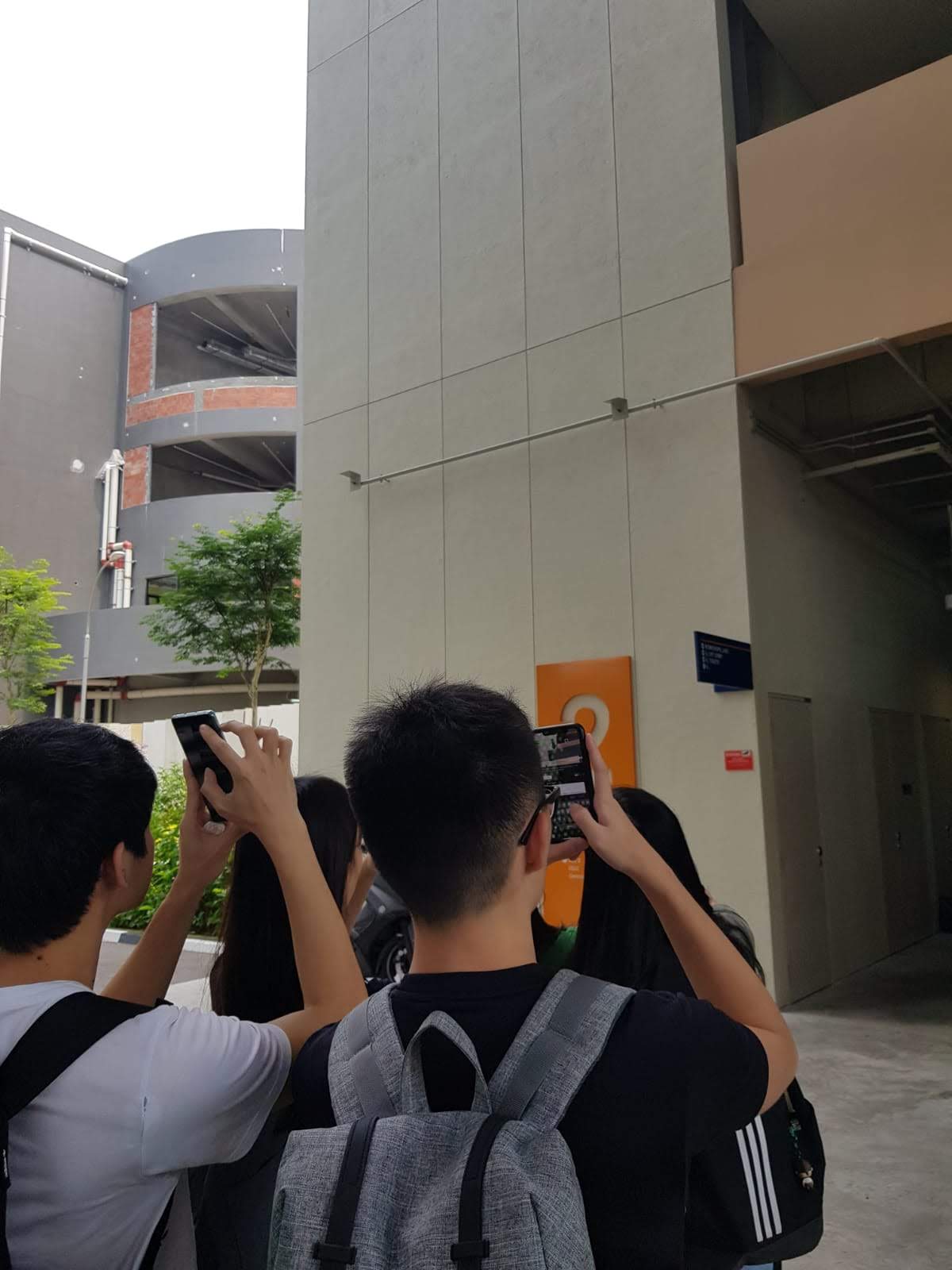Virtual and augmented reality for structures (VARS)
VARS is a mobile application using virtual reality (VR) and augmented reality (AR) for users to identify different structural elements and their components in a real-life setting, to explain the difference between the different load types, to comprehend load transfer pathways in structural systems, to visualise deformation and failure modes of structural elements and systems under different loading conditions, and to identify the different materials used in different structures.
This study is funded by National University of Singapore (NUS) Learning Innovative Fund – Technology (LIF-T) grant. The contributions of Mr John Yap, Mr Mak Hon Keat, Mr Gan Ju-we, and Mr Chuah Teong Leong are greatly appreciated.
Our learning outcomes
Our approach
Overview of VARS
Designed for non-engineers
Tailored for students in non-engineering disciplines who need to understand structural basics to collaborate effectively in construction projects
Authentic and contextual
VARS aligns with authentic learning principles by situating virtual objects within real campus environments, improving engagement and real-world relevance
Self-directed and intuitive
With in-app exercises, visual cues, and step-by-step guides, VARS enables flexible, independent learning—ideal for hybrid or remote education settings
By blending physical and digital environments, VARS makes engineering principles easier to grasp, especially for students without a physics or engineering background. Whether it is observing how a column buckles under load or analysing bending moments in beams, users engage with structural behaviour in a way that is both intuitive and grounded in real-world settings.
SDE4
VR360
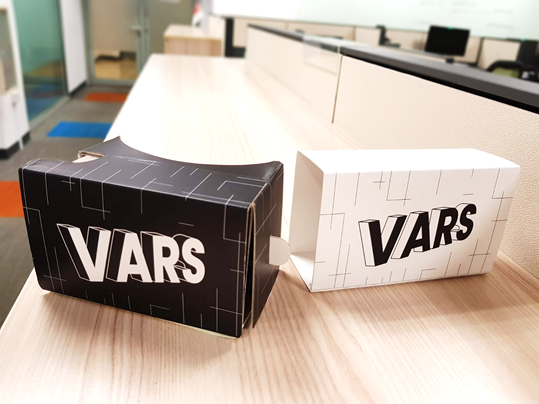
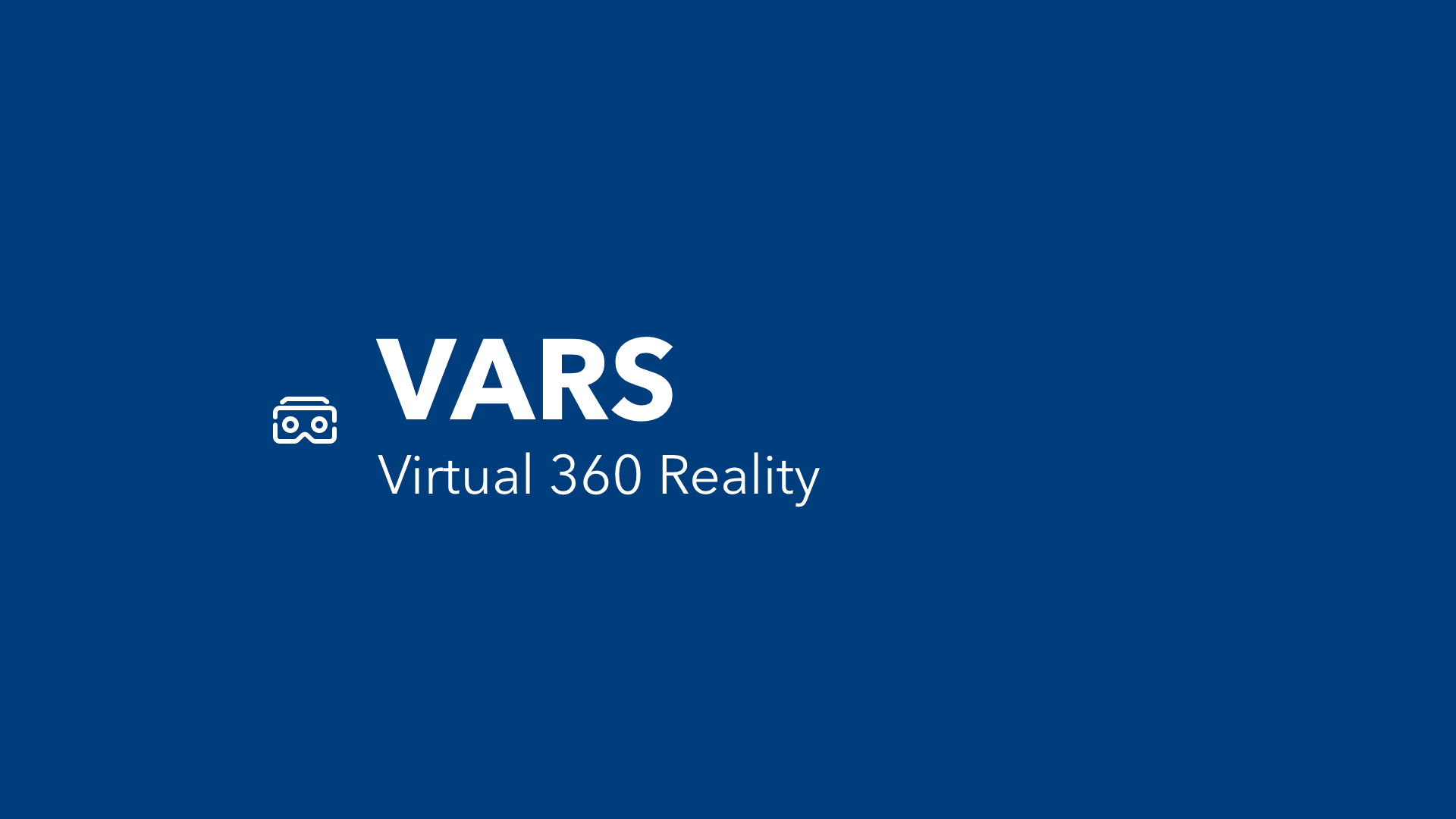
To support structural education during the COVID-19 pandemic, we developed a VR360 experience of the SDE4 building to visualise structural load paths and highlight the materials used in key structural elements. This immersive tool was particularly valuable at a time when students were unable to visit the building in person due to physical distancing restrictions.
Unlike conventional lectures, which often struggle to convey the invisible flow of forces within a structure, the VR360 experience enables learners to see and understand how loads are transferred across different structural components in a real-world context.
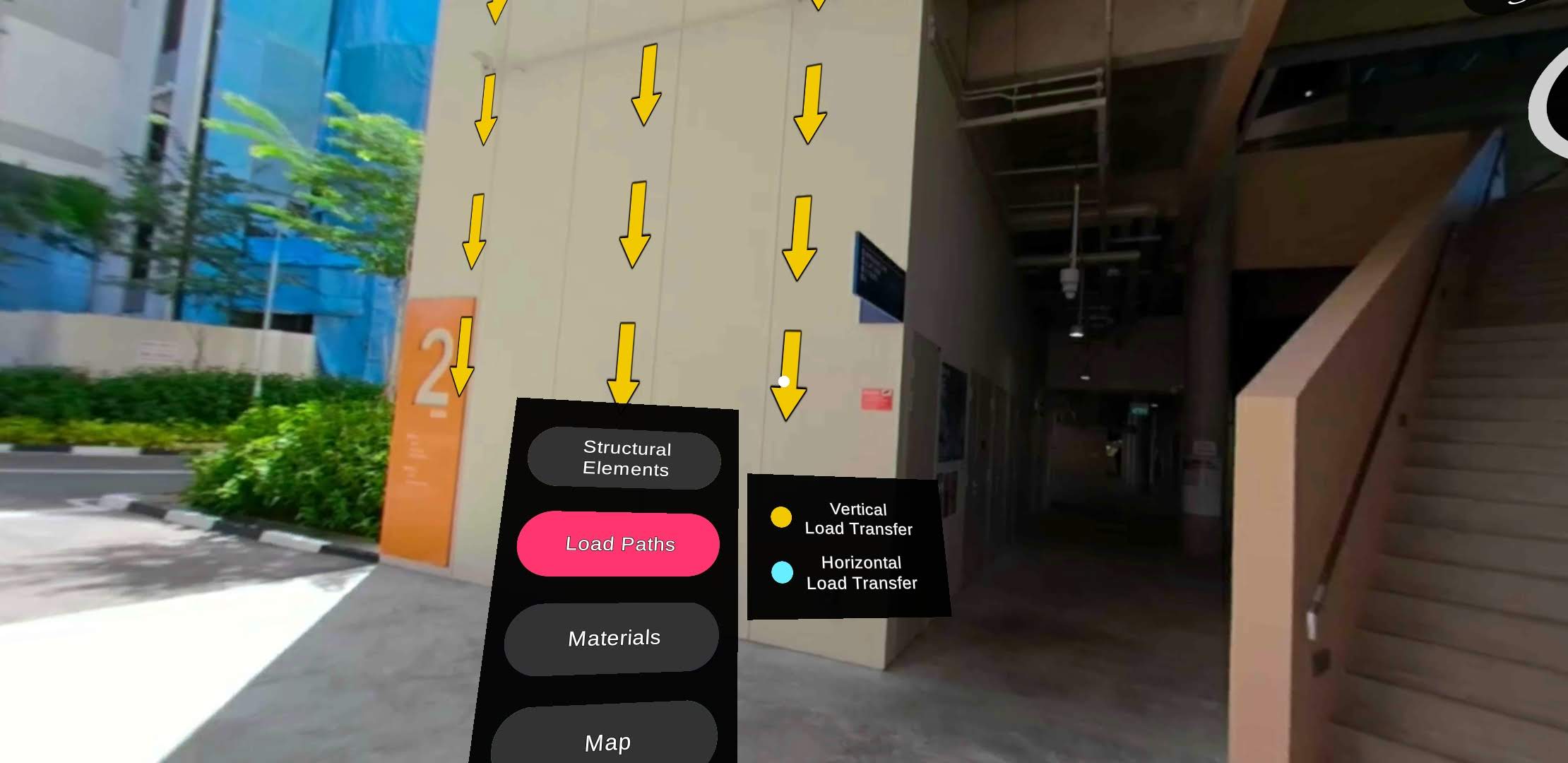
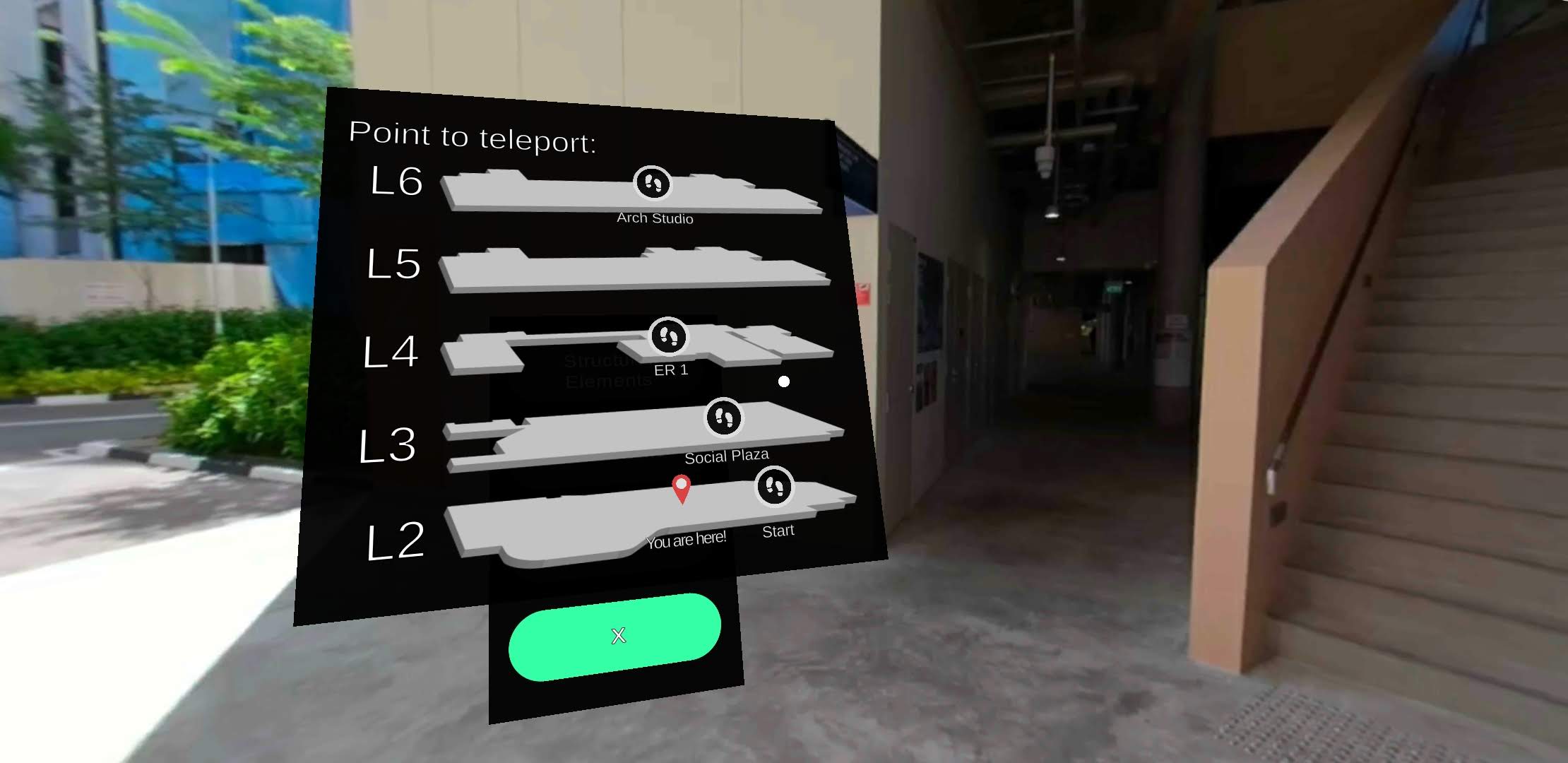
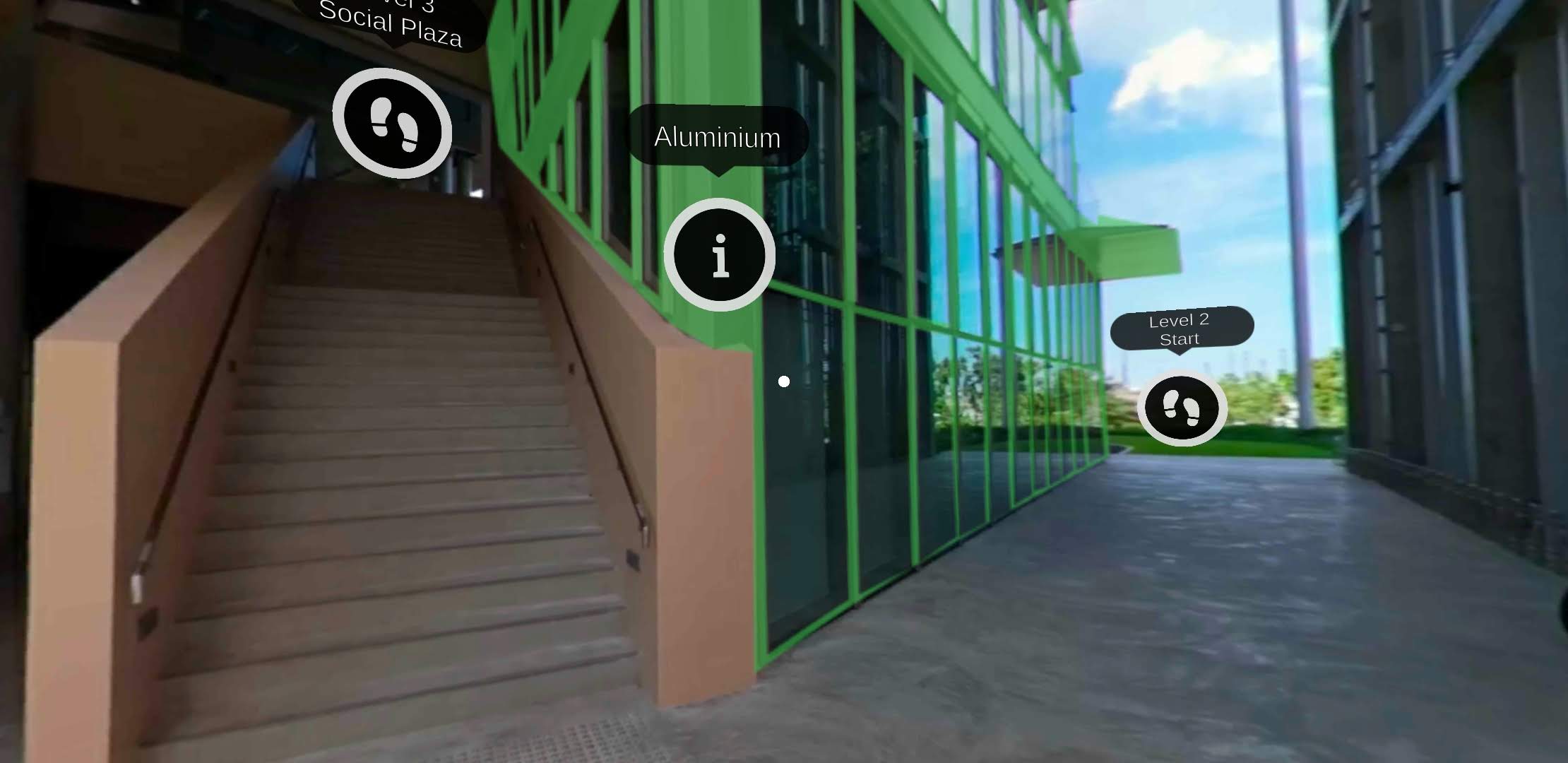
SDE4
Augmented Reality
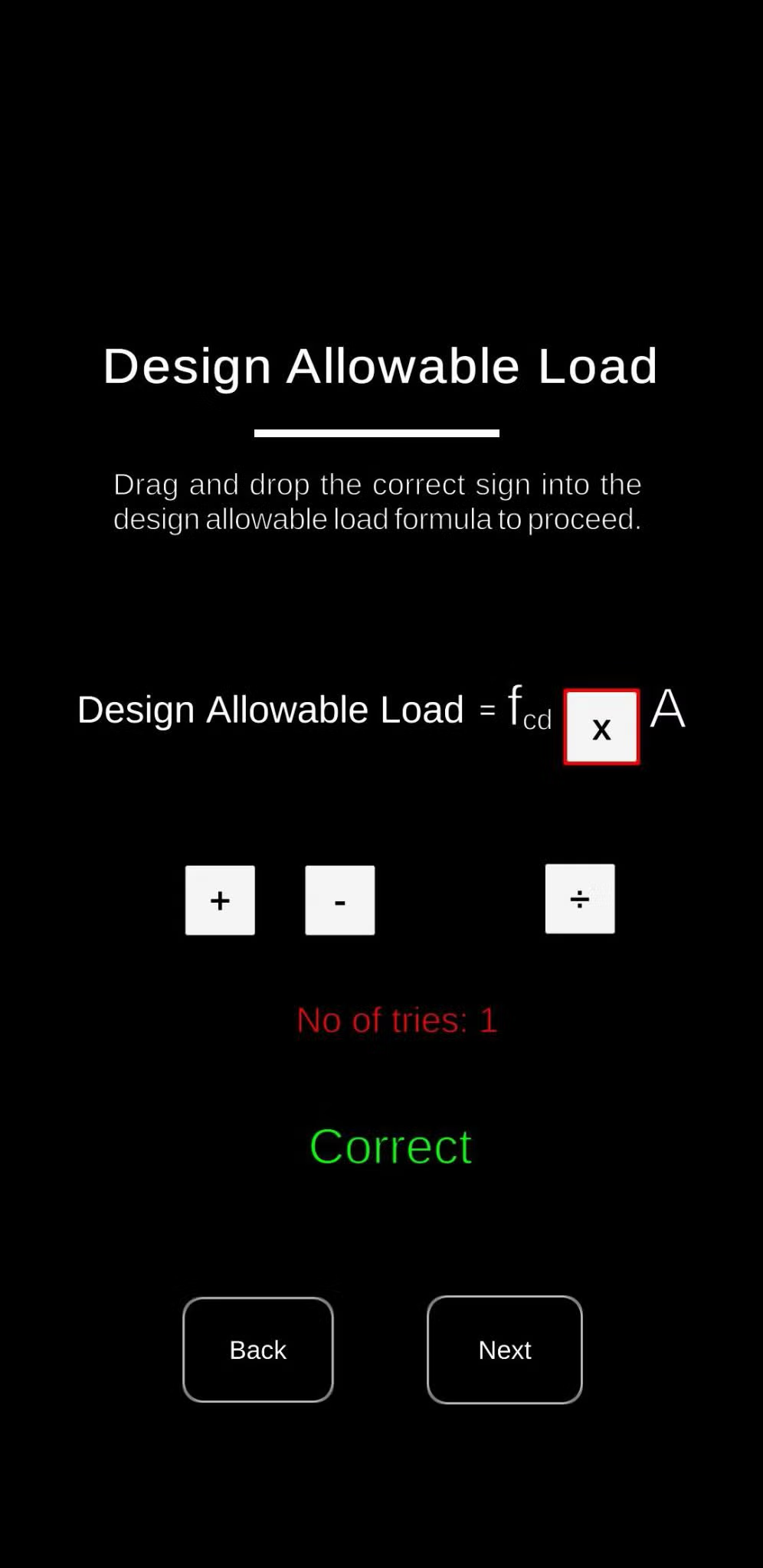
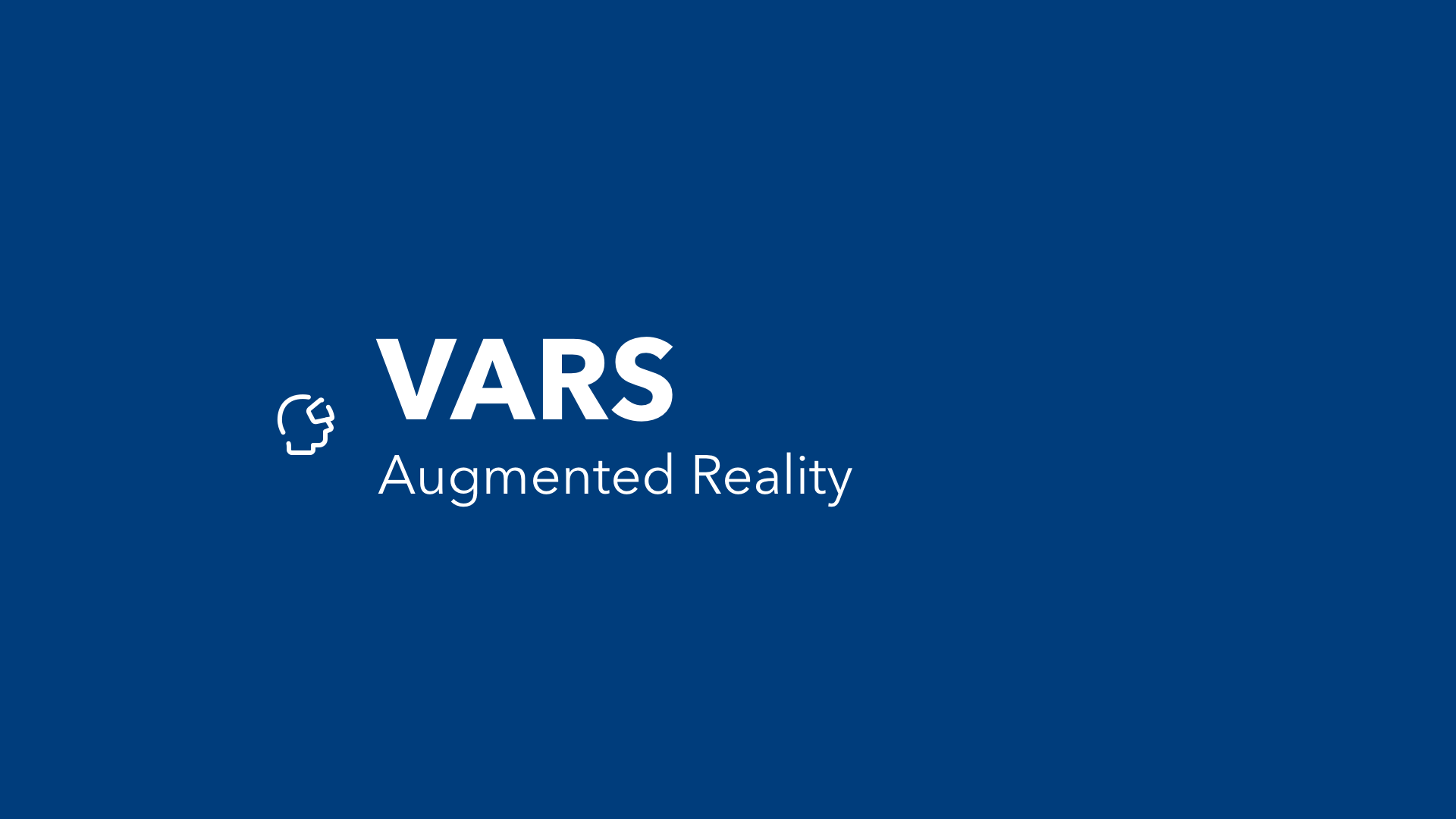
To complement physical site-based learning, we developed an AR component that enables students to visualise structural elements, such as beams, columns, and load paths directly within their real-world surroundings. Using their own mobile devices, students can superimpose 3D structural models onto actual buildings, allowing them to explore how different components behave under various load conditions.
This AR experience offers a unique advantage over conventional teaching methods, which often rely on abstract diagrams or static images. By bringing structural concepts to life in context, the AR tool enhances spatial understanding, encourages interactive exploration, and deepens learners’ appreciation of how structural systems work in practice.
